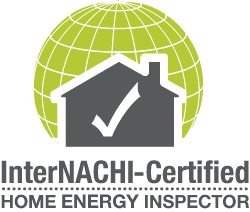If you are buying a home or selling your home, you should have it tested for radon. For a new home, ask if radon-resistant construction features were used and if the home has been tested.
Fix the home if the radon level is 4 picoCuries per liter (pCi/L) or higher. Though not required, radon levels less than 4 pCi/L may still be reduced by a mitigation system.
The EPA estimates that radon causes thousands of cancer deaths in the U.S. each year.
* Radon is estimated to cause about 21,000 lung cancer deaths per year.
The numbers of deaths from other causes are taken from the Centers for Disease Control and Prevention’s 1999-2001 National Center for Injury Prevention and Control Report and 2002 National Safety Council Reports.
Radon is a cancer-causing, radioactive gas. You cannot see, smell or taste radon. But it still may be a problem in your home. When you breathe air containing radon, you increase your risk of getting lung cancer. In fact, the Surgeon General of the United States has warned that radon is the second leading cause of lung cancer in the United States today. If you smoke and your home has high radon levels, your risk of lung cancer is especially high.
Testing is the only way to find out your home’s radon levels. If you find that you have high radon levels, there are ways to fix a radon problem. Even very high levels can be reduced to an acceptable level. Though most common in homes with basements, it is not unheard of to find elevated radon levels in houses on crawls and slabs.
When you add radon testing to your full home inspection with Blessed Assurance Home Inspections it is backed by the 90 Day Radon Protection Plan.









